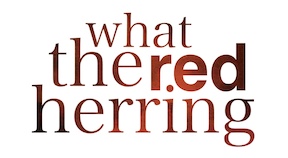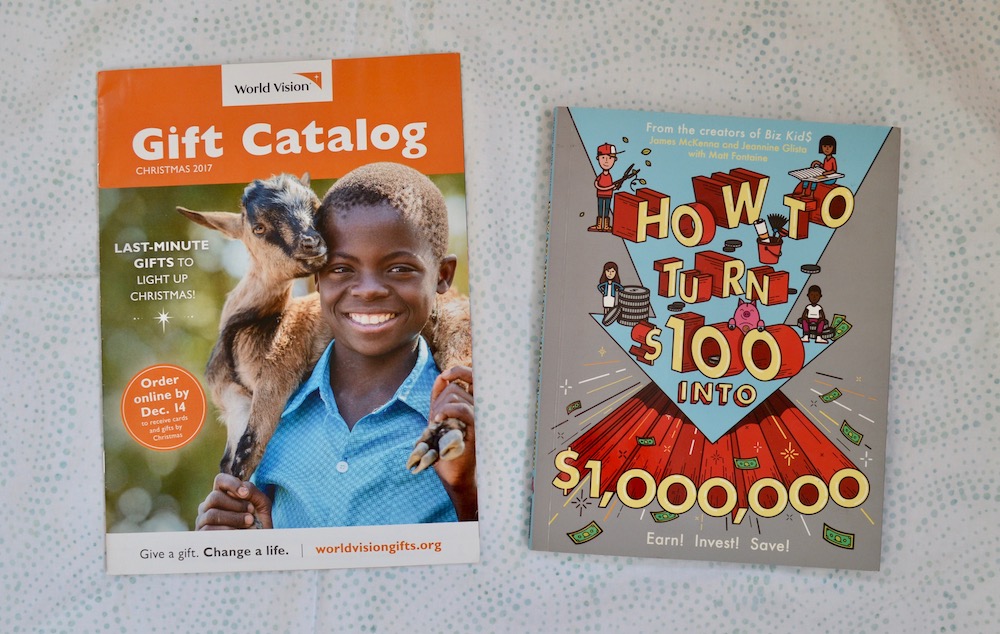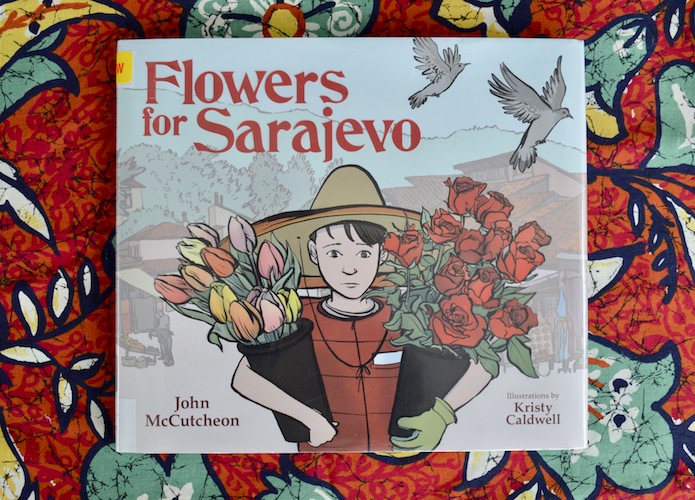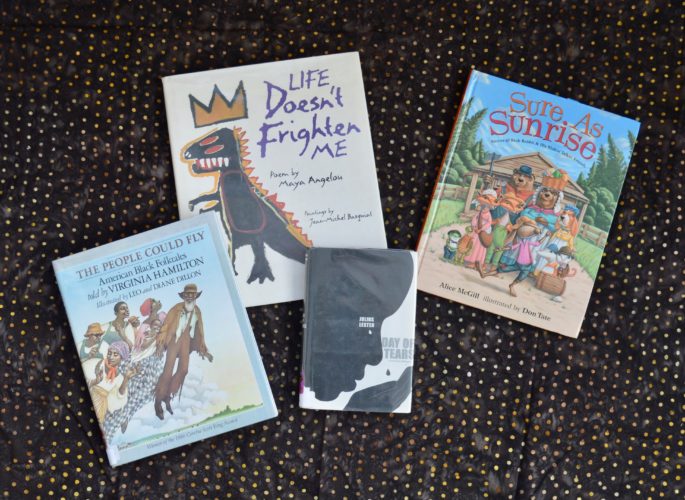It has always been important to me for my kids to grow up to be financially literate. Especially with today’s world, where experts are predicting kids are going to struggle just to have the same standard of living their parents have, let alone surpass it.
My goals are that my kids know how to budget and plan, and that they know how to give. To that end, we have regular conversations about our money and theirs. We are real with them about budgeting, and they see me entering my receipts into Every Dollar, a DR (Dave Ramsey) app that helps you budget and track spending. For our homeschool, we read How to Turn $100 into $1,000,000: Earn! Save! Invest!, by
Teaching my kids about philanthropy has been a little more challenging. Our kids know that we support a couple of kids through different organizations. They write letters to our sponsored kid in South America. But since most of our giving happens online, in the form of automatic monthly withdrawals, they aren’t really seeing it happening. And I don’t always think to talk to them about it.
Last Christmas, a family friend had a great idea for a gift for our kids that was both creative, and helped solve the problem of how to teach your kids about giving.
After reading three other Brené Brown books, I wasn’t sure if I wanted to dive in for more. Is there anything she could say that I hadn’t gotten from the other books? There had already been some overlap between them; my reading pile is so high. I wasn’t sure if I had mental space for more.
But I made space for Daring Greatly: How the Courage to Be Vulnerable Transforms the Way We Live, Love, Parent, and Lead. And Brown filled in the missing pieces of the shame puzzle, fleshing everything out into a tough, but satisfying meal.
There were parts of all three of the other Brown books that really resonated with me, but I found this one to be the most valuable and applicable to me overall.
An unexpected benefit was the parenting section.
Until this year, every fall brought a feeling of anticipation. Crisp air, cool evenings, new school supplies.
As long as I didn’t linger on nostalgic thoughts of easy friendships, endless potential, and running with my college cross country team – a couple of aspects of younger me that I sometimes wish I had back – I could dive into the possibilities of a new school year. I would try not to pay too much attention to the darker mornings and the briefer evenings. As summer closed, I would frenetically finish house projects so they wouldn’t tempt me once I started the homeschool year.
Then came this year. This summer, the Chaplain and I poured so much into our relationship. I estimate we covered about 270 miles this summer walking together in the evenings. We wore out the Chaplain’s shoes and got into shape. We finally, finally got some ease back into our relationship.
We went on adventures this summer. A trip to the beach. Trips to Grafton Lakes. A camping trip. All these little moments of family time, all the time outside, had put me in touch with the world in a way I haven’t been in a long time. As the days were getting shorter, I noticed.
What do you know about Sarajevo? I remember a number of current events from my childhood, the space shuttle Challenger, Operation Dessert Storm, the Rwandan Genocide. I remembered the name Sarajevo, but I didn’t know much about what had happened there.
I found Flowers for Sarajevo, by John McCutcheon, illustrated by Kristy Caldwell, at our library. I don’t even think I opened it, but the cover art was so arresting I was sure I would like it.
Weeks passed as it floated around our house. I couldn’t seem to sit down long enough to read it to everyone. We already read aloud for school each day and I have been flirting with homeschool burnout; adding more books didn’t feel doable.
My mom finally read the book to the kids one weekend when she was here for a visit. She reported it made her cry, along with my youngest daughter.
Finally, I read it. To myself. The kids were in bed as I paged through the story. The illustrations were as amazing as the cover. They reminded me of graphic novel art, and the colors and lines communicate such beauty. I finished it at 1:30 a.m. on a night when my own home felt like a war zone.
Black History Month is a great opportunity to introduce yourself to some new literature, and these books are good as read-alouds or for silent reading.
The People Could Fly: American Black Folktales by Virginia Hamilton, illustrated by Leo and Diane Dillon.








